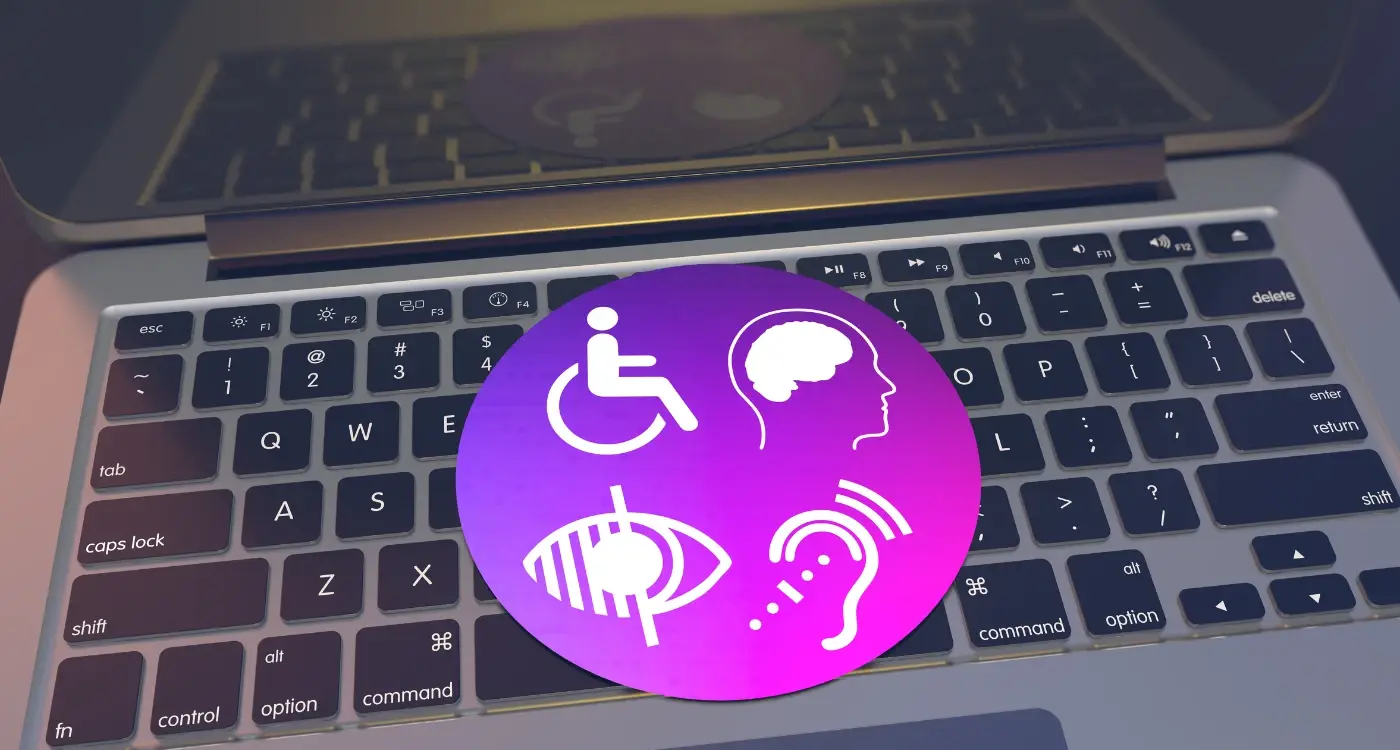What Legal Requirements Do I Need To Consider For International Apps?
Taking your app global opens up massive opportunities, but it also brings a whole new set of legal challenges that many developers don't see coming. I've worked with countless clients over the years who've had their international launch plans derailed by compliance issues they never knew existed—and trust me, it's not pretty when you're scrambling to fix legal problems after launch.
The truth is, legal compliance for global apps isn't just about ticking boxes; it's about understanding that different countries have completely different rules about how you collect data, what you can show to children, and even how you handle payments. What works perfectly in the UK might be completely illegal in Germany or California.
The cost of getting legal compliance wrong can be astronomical—we're talking millions in fines, forced app removals, and damage to your brand that takes years to recover from
But here's the thing—it doesn't have to be overwhelming. Yes, the legal landscape is complex, but with the right approach you can navigate these requirements systematically. Throughout this guide, we'll break down the key areas you need to focus on, from data protection laws to accessibility standards, giving you a clear roadmap for launching your app internationally without the legal headaches.
Understanding Data Protection Laws
Data protection laws have become incredibly strict across the globe—and for good reason. When you're building an international app, you'll need to understand how different countries handle user data because getting it wrong can cost you thousands in fines.
The big one most people know about is GDPR in Europe. This law means you must ask users clearly before collecting their data; you can't just hide it in tiny text at the bottom of your app. Users have the right to see what data you've collected about them and they can ask you to delete it completely.
Key Laws You Need to Know
- GDPR covers all European Union countries and requires explicit consent for data collection
- CCPA in California gives users control over their personal information
- PIPEDA in Canada protects personal information in commercial activities
- Lei Geral de Proteção de Dados (LGPD) governs data protection in Brazil
- Personal Data Protection Act covers Singapore's data privacy requirements
What This Means for Your App
You'll need different privacy notices for different regions—there's no one-size-fits-all approach here. Some countries require you to store data locally, which means setting up servers in that region. Others have specific rules about what data you can collect from children or how long you can keep information stored.
The penalties for getting this wrong aren't just slaps on the wrist either; they can be millions of pounds depending on your app's revenue. Understanding how to identify and prioritise your most valuable data can help you focus your compliance efforts where they matter most.
Privacy Policies and User Consent
When I'm working with clients on their global app launches, privacy policies often get left until the last minute—big mistake! Your privacy policy isn't just legal jargon; it's the foundation of user trust and legal compliance across different countries. Each region has its own rules about what information you can collect, how you store it, and what you need to tell users about it.
The tricky part is that consent requirements vary wildly between jurisdictions. In Europe, you need explicit opt-in consent for most data collection thanks to GDPR. In other regions, opt-out mechanisms might be acceptable. Some countries require specific language in local dialects, whilst others mandate certain information be presented in particular ways.
Key Elements Your Privacy Policy Must Include
- What data you collect and why you need it
- How long you keep user information
- Who you share data with (including third-party services)
- How users can access, modify, or delete their data
- Your contact information for privacy enquiries
- How you handle data breaches
Don't forget that many regions require privacy policies to be easily accessible within your app—not buried in a settings menu. Users should be able to find and understand your privacy practices without a law degree.
Always get your privacy policy reviewed by legal experts in each target market before launch. Generic templates rarely cover the specific requirements of different countries and can leave you exposed to hefty fines.
Age Restrictions and Child Safety
When you're building an app that might be used by children, the legal requirements become much stricter—and rightly so. Different countries have different rules about what age constitutes a "child" for digital services, but most hover around 13 to 16 years old. The big one to watch out for is COPPA in the United States, which applies to children under 13.
Getting Parental Consent Right
If your app collects any personal information from children, you'll need verifiable parental consent before you can proceed. This isn't just a simple tick box either—you need robust verification methods. Think credit card verification, signed forms, or video calls with parents. It's a proper process that can be quite involved.
Design Considerations for Child Users
Beyond the legal stuff, there are design considerations too. Many regions require that apps serving children avoid certain advertising practices, don't use dark patterns to encourage spending, and implement appropriate content filtering. The EU's General Data Protection Regulation has specific provisions for children's data, whilst countries like the UK have their own Age Appropriate Design Code.
My advice? If you're targeting families or children, build these protections in from day one rather than trying to retrofit them later. The penalties for getting this wrong can be severe, and more importantly, you're dealing with children's safety.
App Store Compliance Requirements
Getting your app approved by Apple's App Store or Google Play isn't just about having a brilliant idea and solid code—both platforms have strict rules that change regularly, and breaking them can mean rejection or removal. I've seen perfectly good apps get knocked back because developers didn't read the fine print, and trust me, it's painful to watch months of work get turned away for something that could have been fixed early on.
The big players have different standards too. Apple tends to be stricter about user interface guidelines and content quality, while Google focuses more on security and permissions. Both care deeply about user safety, which means your app needs clear privacy policies, proper age ratings, and transparent data handling practices.
Content and Safety Standards
Your app's content must meet each store's community guidelines—no hate speech, violence, or inappropriate material. Age ratings need to be accurate; if your app contains mature content but you've marked it as suitable for children, you'll face rejection.
The key to app store success isn't just building something that works—it's building something that works within the rules
Payment systems are another minefield. Both stores require you to use their payment systems for digital goods, taking a cut of your revenue. Try to bypass this and you'll find yourself in hot water. Keep your legal compliance tight, read the guidelines thoroughly, and when in doubt, err on the side of caution.
International Payment and Tax Obligations
When you're dealing with international apps that handle payments, the tax situation becomes quite complex—and I mean really complex. Each country has its own rules about digital transactions, VAT rates, and what constitutes a taxable event. The European Union, for instance, requires you to charge VAT based on where your customer lives, not where your business is located.
Payment compliance isn't just about taxes though. You need to think about currency regulations, anti-money laundering laws, and financial reporting requirements. Some countries have strict rules about how payment data must be stored and processed within their borders.
Key Payment Compliance Areas
- VAT registration in relevant jurisdictions
- Digital services tax obligations
- Payment processor compliance requirements
- Currency exchange reporting
- Financial data localisation laws
- Anti-fraud and AML compliance
The tricky part is that these rules change frequently. What worked last year might not work this year. I always recommend working with a tax advisor who specialises in digital businesses—they'll save you far more money than they cost. Trust me on this one; I've seen too many app developers get nasty surprises from tax authorities because they thought they could handle it themselves.
Content Moderation and Cultural Sensitivity
I've worked with clients who've launched apps in dozens of countries, and let me tell you—what's perfectly acceptable in one place can be completely offensive in another. Content moderation isn't just about filtering out obvious bad stuff; it's about understanding that your global app needs to respect different cultural values, religious beliefs, and social norms across every market you enter.
Take something as simple as dating app profiles. In some countries, showing too much skin in photos could get your app banned outright. Political content that's fine in democratic societies might land you in serious trouble elsewhere. Even colour choices matter—white represents purity in Western cultures but mourning in some Asian countries. These aren't just nice-to-know cultural facts; they're legal compliance requirements that can make or break your app's success.
Key Areas Requiring Cultural Adaptation
- Religious imagery and symbols
- Political references and commentary
- Alcohol, gambling, and adult content
- LGBTQ+ related material
- Historical events and cultural references
- Language and translation accuracy
Smart developers build flexible content management systems from day one. You'll need automated filtering combined with human moderators who understand local contexts. Don't assume Google Translate will handle cultural nuances—it won't.
Set up region-specific content guidelines before launch and train your moderation team on cultural sensitivities for each target market. A single inappropriate piece of content can trigger app store removal or government bans.
Accessibility Standards Across Regions
When I first started building international apps, I'll be honest—accessibility was often an afterthought. Big mistake! These days, making your app accessible isn't just the right thing to do; it's legally required in many countries and regions around the world.
The United States leads the charge with the Americans with Disabilities Act (ADA), which applies to mobile apps even though it was written decades before smartphones existed. The European Union has its own accessibility requirements under the Web Accessibility Directive and the European Accessibility Act, which covers digital services including mobile applications.
Key Regional Requirements
- United States: ADA compliance requires apps to be usable by people with disabilities
- European Union: EN 301 549 standard mandates accessibility features for digital services
- Canada: Accessibility for Ontarians with Disabilities Act (AODA) covers mobile apps
- Australia: Disability Discrimination Act applies to digital platforms and services
- United Kingdom: Public Sector Bodies Accessibility Regulations affect government-related apps
What This Means for Your App
Your app needs to work with screen readers, support voice commands, provide sufficient colour contrast, and include alternative text for images. Navigation must be possible using only a keyboard or voice controls, and all interactive elements need to be large enough for users with motor difficulties.
The good news? Most accessibility features benefit everyone, not just users with disabilities. Clear navigation and good contrast make apps easier for everyone to use.
Conclusion
Building a global app that meets legal compliance requirements across different regions isn't just about ticking boxes—it's about protecting your business and respecting your users. I've seen too many developers launch internationally without proper preparation, only to face costly legal challenges later. The good news? Most of these issues are completely avoidable with the right planning.
Each region has its own rules, from GDPR in Europe to COPPA in the United States, and these regulations are constantly evolving. What works in one country might get you in trouble in another. That's why building legal compliance into your app from the start saves you headaches down the road.
Don't try to handle everything at once. Pick your target markets carefully and understand their specific requirements before you launch. Get proper legal advice for each region—it's not expensive compared to the potential fines and lawsuits you could face. Your users trust you with their data and safety, so make sure you're doing right by them whilst protecting your business at the same time.
Share this
Subscribe To Our Learning Centre
You May Also Like
These Related Guides

What Permissions Do I Need for IoT Features in My App?

What Are the Legal Requirements for App Accessibility in the UK?



